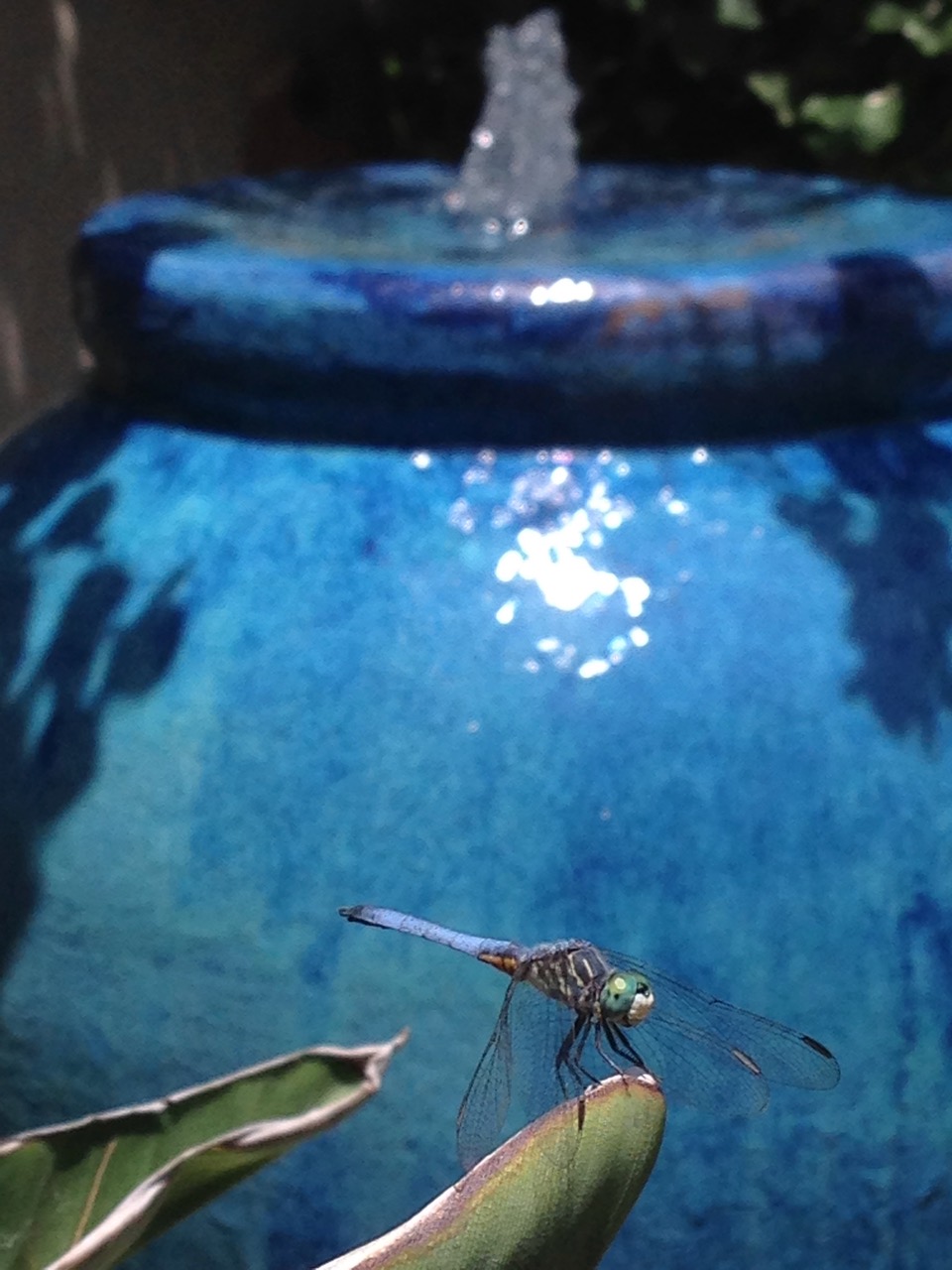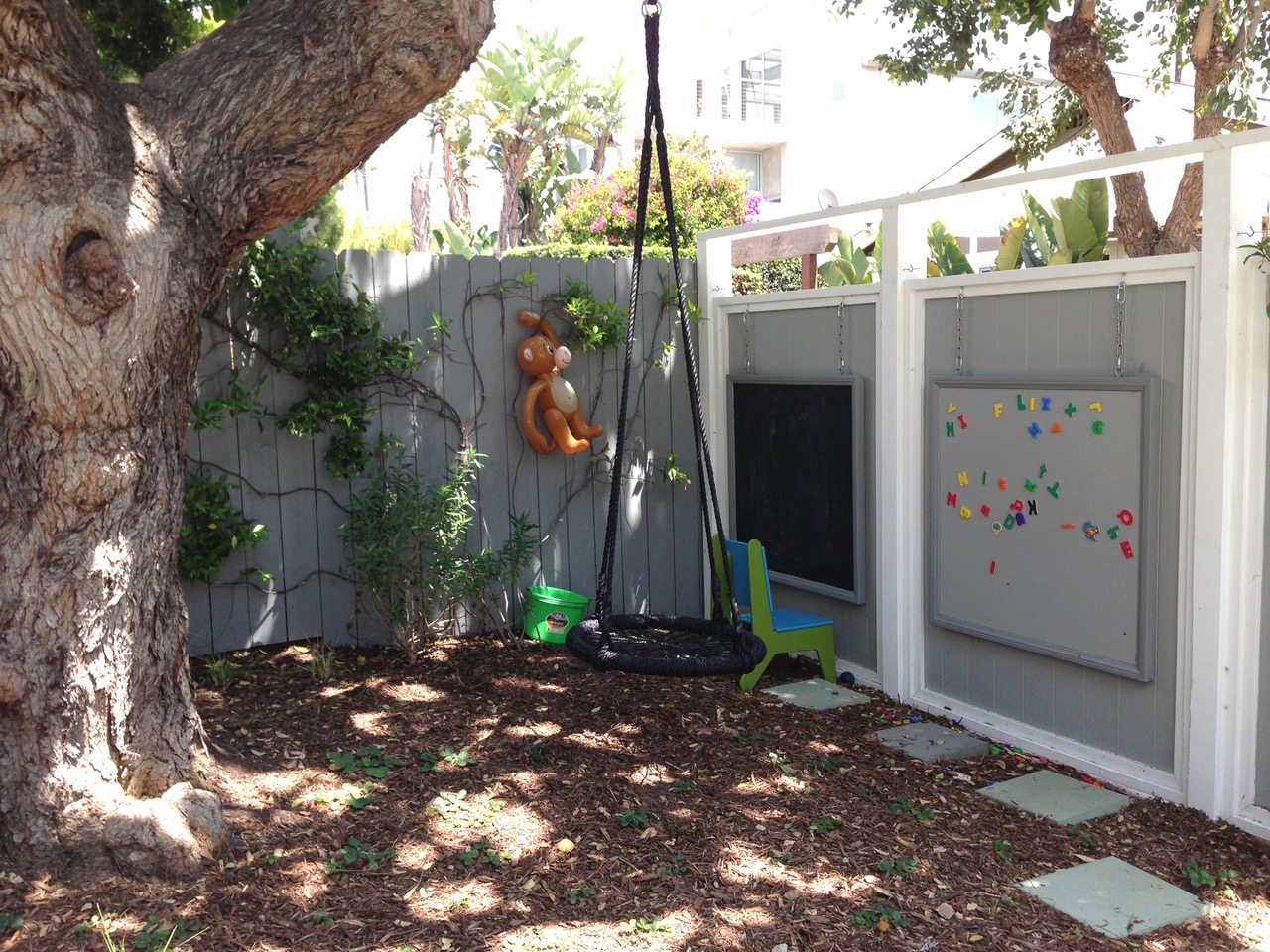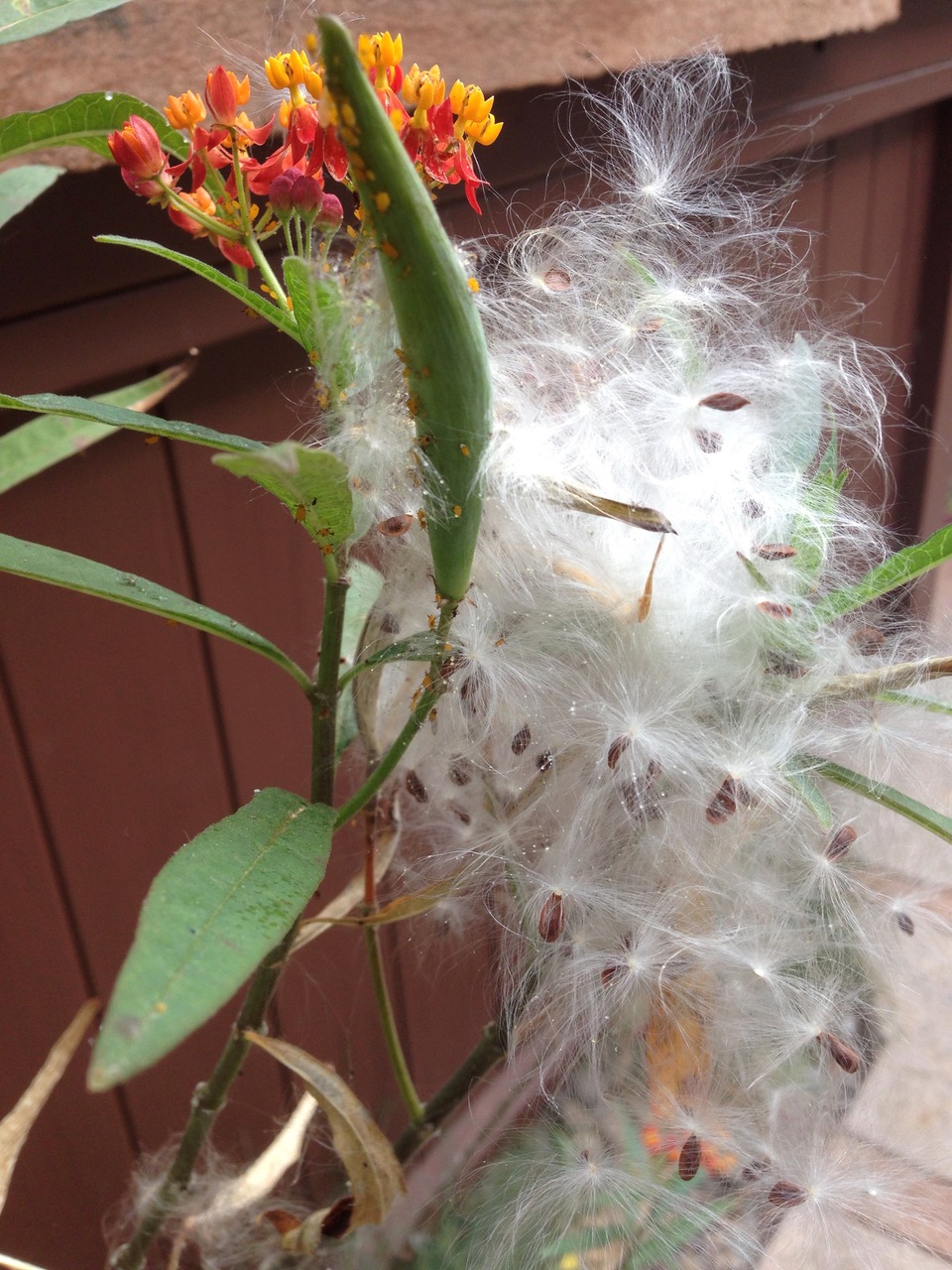downloading wonder
by Laura Morton, FAPLD
Laura Morton Design, West Hollywood, CA
Call me old-fashioned, but what happened to making mud pies and finding crickets as a way for kids to pass time?
I’ve always felt my job, or at least the subtext in my work as landscape designer, should awaken some childlike wonder and comfort with the natural world—for children and adults alike. Biology and architecture: it’s our science, and the way we design can make discovery fascinating.
My most memorable childhood adventures don’t include play sets so much but being told to "go play outside!" and then occurred the meander, testing of boundaries, and accidental discoveries like a birds nest, bug, or hiding place. The natural world offers seasonal changes that help subtly understand the passage of time, set anticipation, and help say goodbye. And there are the raw materials for creative play—leaves, soil, sticks, and seedpods that become building blocks and teach balance. Additionally, gardens with berry patches, aromatic herbs, chickens, and seasonal fruits can connect a child to world of wide-eyed delight.
Since space and resources for residential design projects is often limited and focuses on expanding outdoor entertaining spaces, finding an opportunity to add in natural play or discovery areas is a design challenge I relish.
Unveiling natural systems is one way to pique curiosity about ‘how stuff works’ and provide some entertainment. More than ever, we are designing more interesting ways of dealing with stormwater including musical rain chains and dry streams that turn magically to puddles and seeps. But it’s the creative grading and rock works that can become trails, and low spots where unique plant communities that add another layer of interest as well as provide habitat for lizards and insects and frogs.
Adding an element of Whimsy to a project is another simple way to amuse the eyes and instill a playful spirit to a space, perhaps make it seem more familiar. Embed unexpected treasures in paving or walls, find something to wrap around or hang from a tree.
I like to crouch low and see the viewpoint from a little person’s eyes, then use the tools of our art form to play with scale, color, and materials to plant a natural desire to explore and be curious.
Photos courtesy of Laura Morton, FAPLD.





